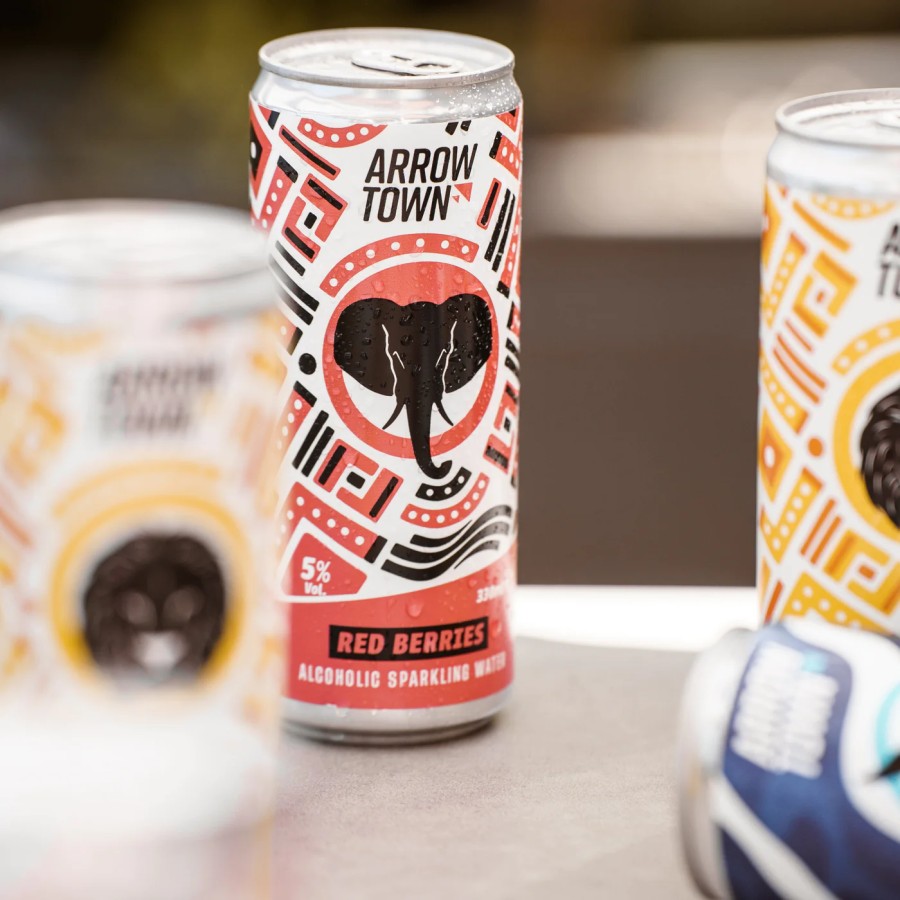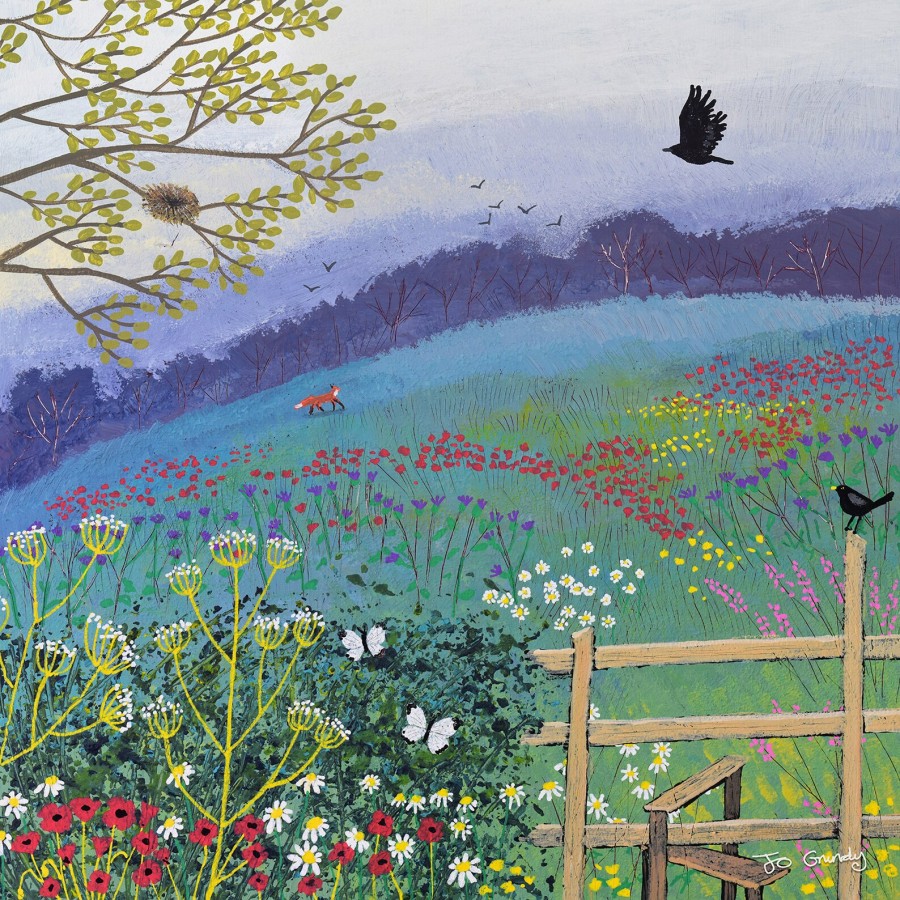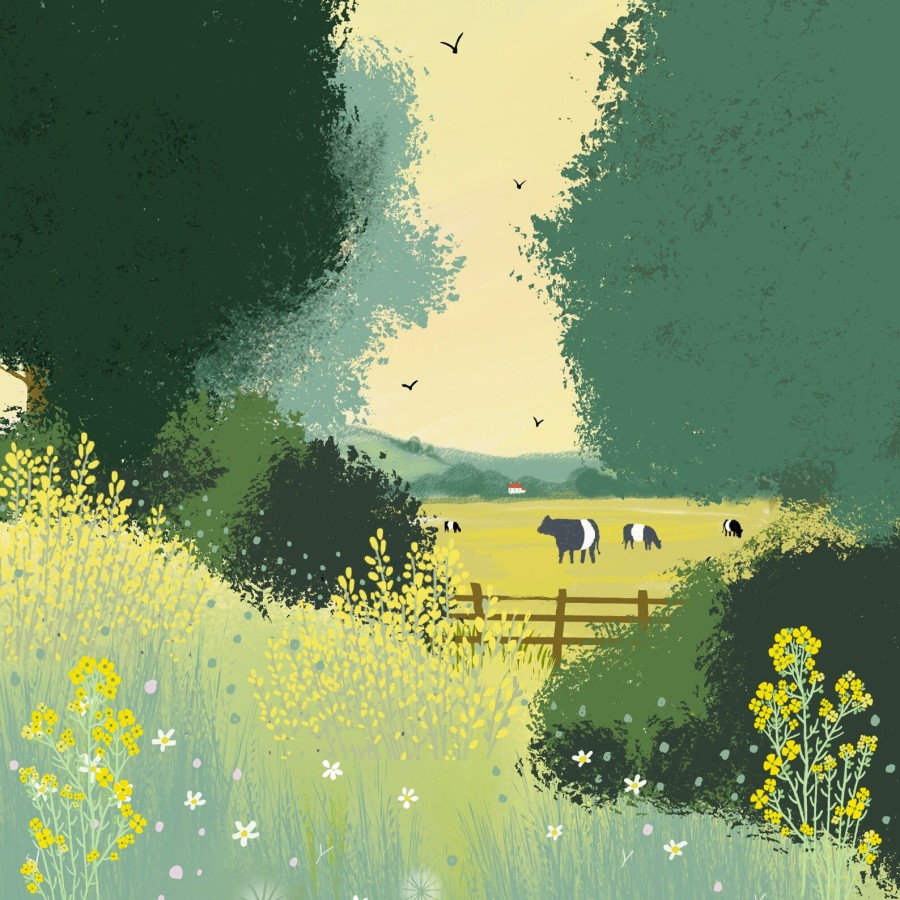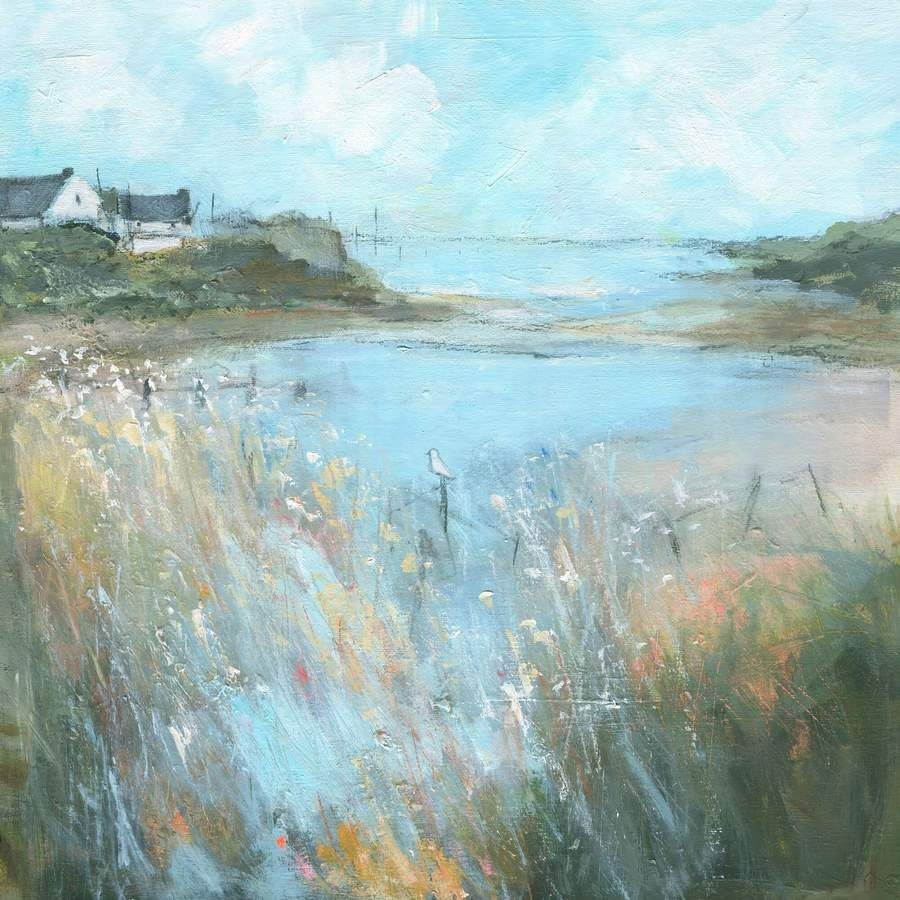
Wetlands are endangered habitats that are needed for many wildlife and people worldwide. England has many wetlands that have the most fertile land, where most of our organic food comes from. Other types of wetlands are:
- Swamps (wet woodlands)
- Wet grasslands (home to endangered curlews)
- Seagrass beds (home to sea turtles)
- Salt marshes (act as flood defences)
- Lakes, streams & rivers!
- Reedbeds (home to harvest mice on stalks!)
- Ponds, peat bogs & mangroves
- Lagoons & estuaries
- Ditches & scrapes
- Coral reefs
So how we do restore our native wetlands? Apart from avoiding peat compost (the most important point), other ways to help include traditional coppicing and pollarding to cut back tree species, infilling drains to reduce river erosion (raises water levels) and realigning fences to restore grazing of river corridors for livestock.
The Fens are located in East of England, mostly in Cambridgeshire and Lincolnshire. This land is so fertile, that a huge portion of the organic food grown for veg boxes is grown here. So what are Fens? They are simply a type of wetland, fed by groundwater and surface water, with high dissolved mineral levels, and usually have boggy areas that have been damaged by land drainage and cutting down peat.
Preserve our marshland by choosing a peat-free compost like Natural Grower. Keep fresh compost away from pets (contains mould). Read more on how to make your garden safe for pets.
the marshy Fens of Eastern England
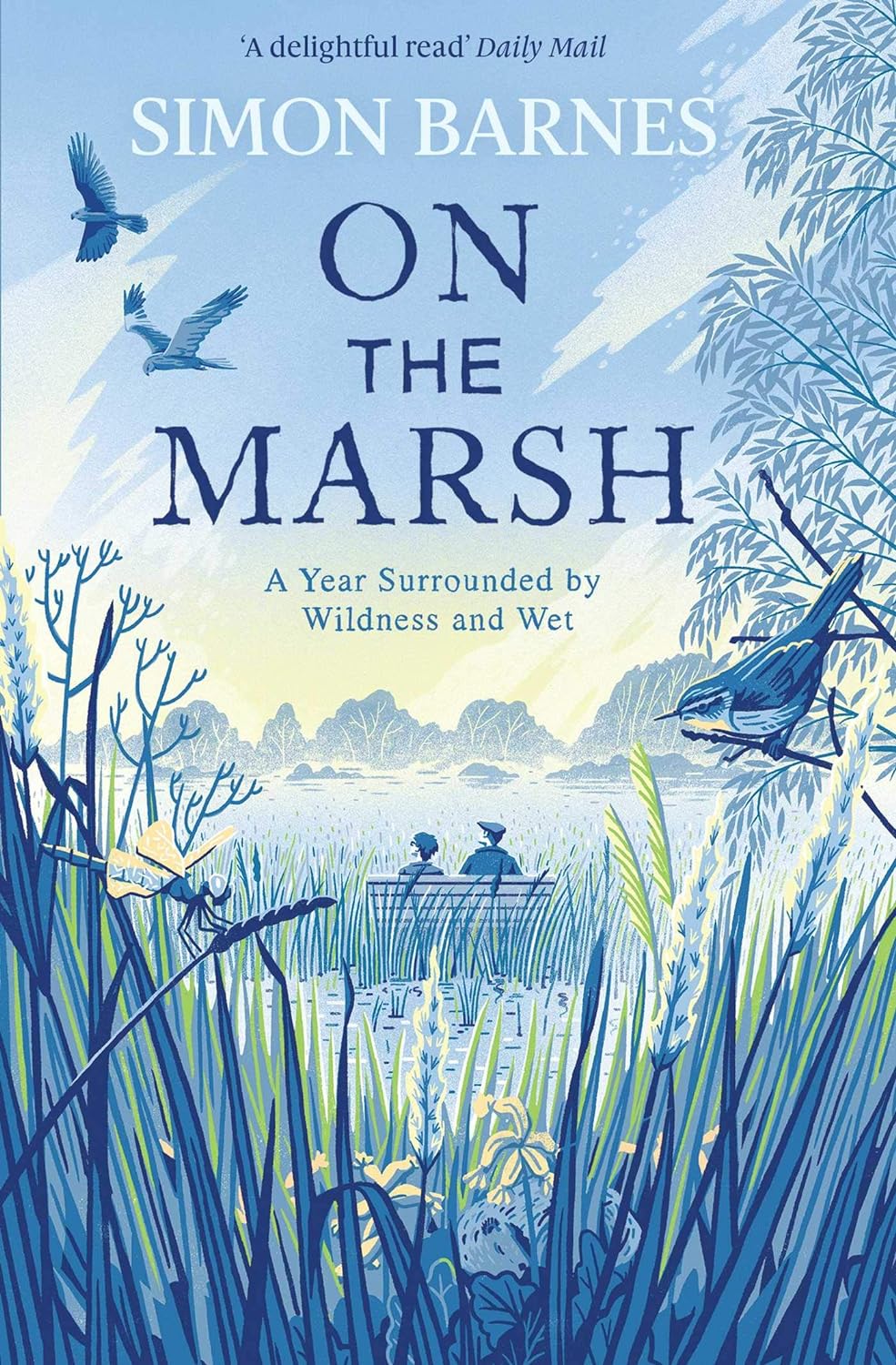
The Fens are located in East of England, mostly in Cambridgeshire and Lincolnshire. This land is so fertile, that a huge portion of the organic food grown for veg boxes is grown here. So what are Fens? They are simply a type of wetland, fed by groundwater and surface water, with high dissolved mineral levels, and usually have boggy areas that have been damaged by land drainage and cutting down peat.
On the Marsh is a book by Simon Barnes (who used to be a peaceful-troublemaking writer for newspapers). On hearing a Cetti’s warbler sing in Norfolk as he looked at a house for sale, he immediately decided it would be his home, especially as the garden backed onto marshy land that he feared may end up in the wrong hands and be lost to developers or intensive farming. So he and his wife rewilded the area, which also had beneficial effects for their son who has Down Syndrome. A place of calm and inspiration. Follow triumphs (two marsh harrier families arrive to use the marsh as hunting ground) and disappointments (chemical run-off from neighbouring farmland creates a nettle monoculture in newly-turned earth).
A Fenland Garden is the story of how one man created a haven for people, plants and wildlife in a remote corner of a complex and fragile English landscapes. The Fens of Southern Lincolnshire is a haven for nature and wildlife, and the author writes of the damage done to the Fenland landscape, by decades of intensive farming. This is the tale of a writer who has a very particular relationship with the landscape and soil, thanks to his career as an archaologist and discoverer of some of England’s earliest field systems. The story of how he reclaimed a patch of ground in a sometimes hostile place, and the setbacks and joys entailed. Accompanied by nuggets of Fenland lore and history, this is the story of bringing something beautiful into being: a garden embedded in the local landscape.

The Broads are manmade (hundreds of years ago by filling old peat pits with water) and now is home to around 25% of all England’s rarest wildlife, enjoying life alongside pretty windmills and ancient monasteries. It also has over 200km of waterways that are popular for people on boating holidays and is now England’s largest protected wetland and the third largest inland waterway. Also home to many rare plants, Norwich remains the only city in England with a national park (River Wensum flows through it). Home to many rare plants (including milk parsley), you’ll also spot rare birds (crane, bittern, marsh harrier), Norfolk hawker dragonflies, swallowtail butterflies and the fen raft spider. The Broads also have traditional sailing wherries (canal boats).
take a wherry sailing (as in yesteryear)

The Norfolk Wherry is a unique sailing boat, which back in the 17th century was used to ferry passengers and cargo around the inland waterways. As railways and roads grew, wherry boats became less popular, and today just 8 survive, which you can view at local trust museums.
full of medieval churches
Norfolk has more medieval churches than anyone in England. And St Helens church in Wroxham is known as ‘the capital of the Broads’. Completed in 1450, it features one of the oldest surviving medieval rood screens. This screen was built to sperate the clergy, from where people gathered to worship, and often contained decorative images of saints and angels.

